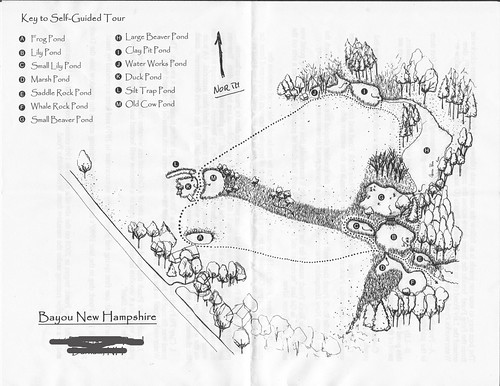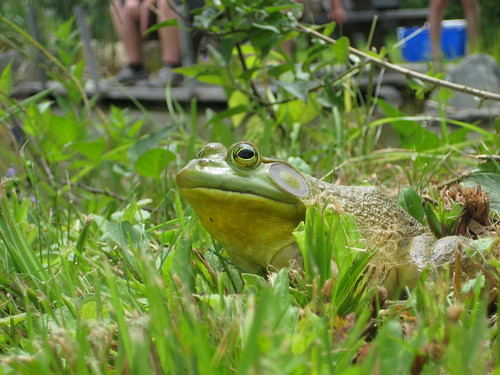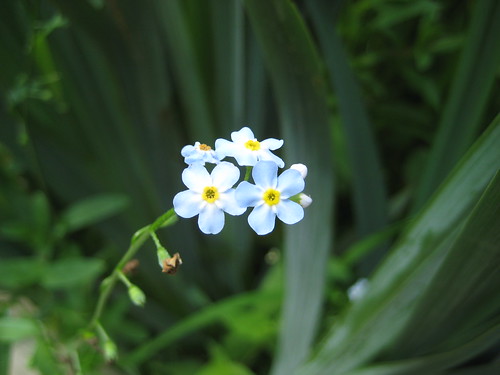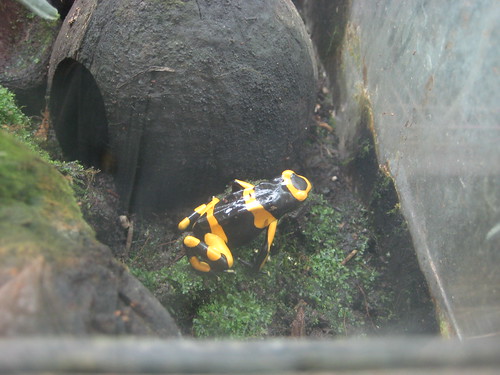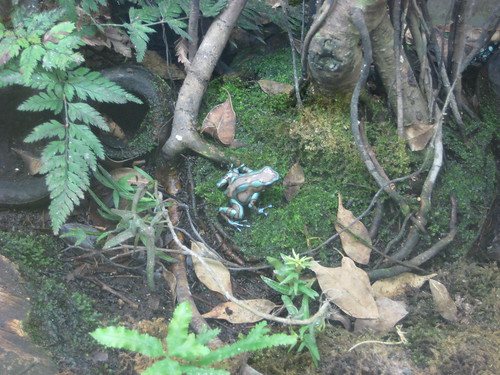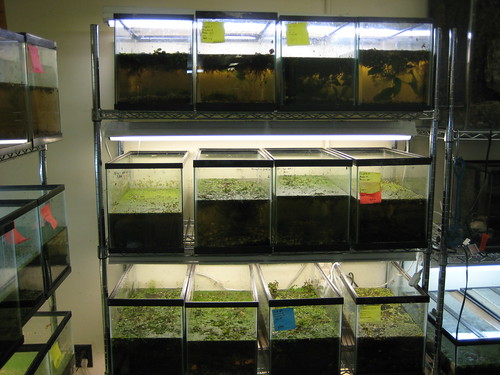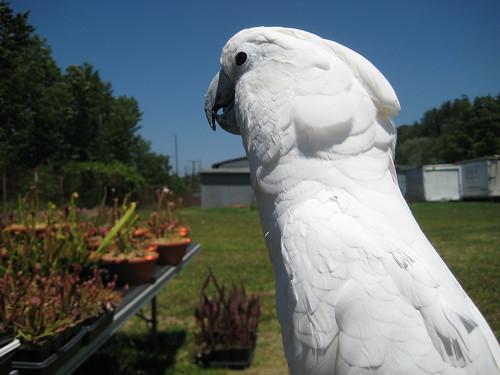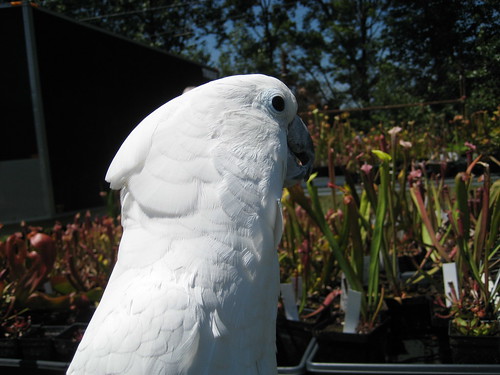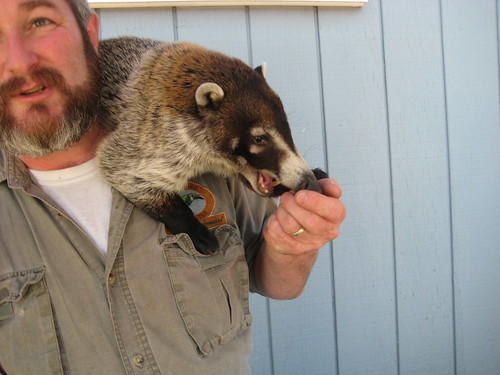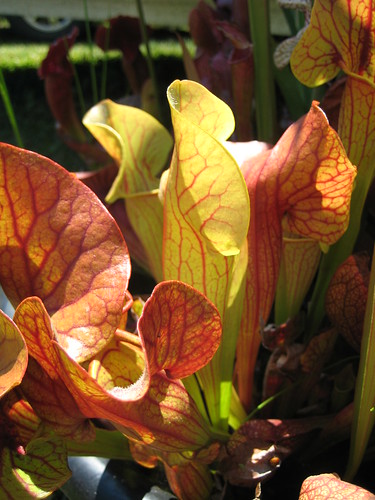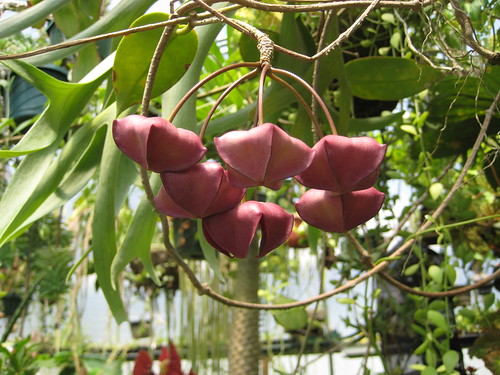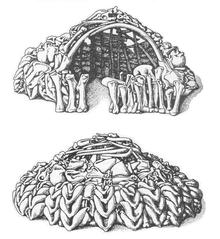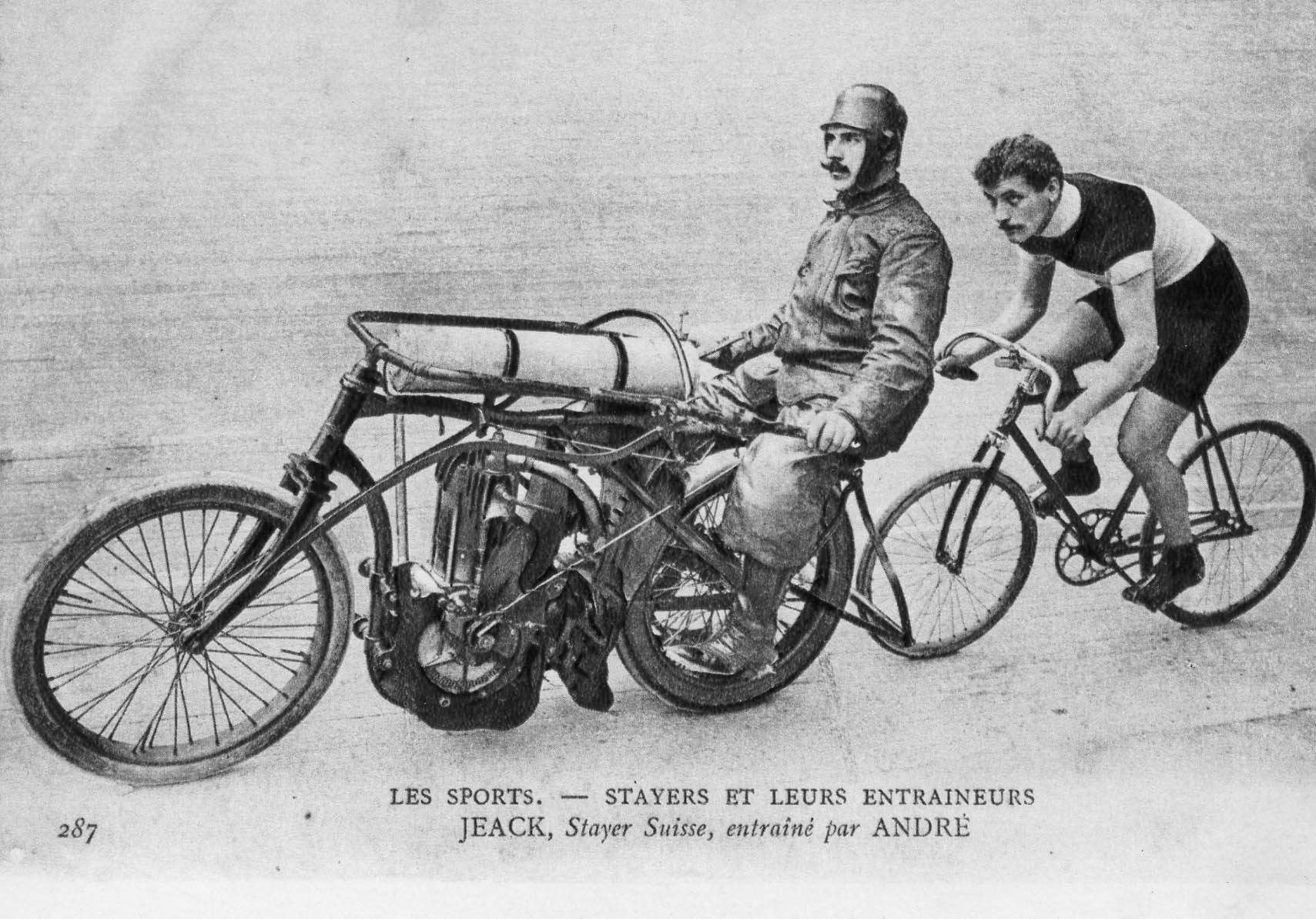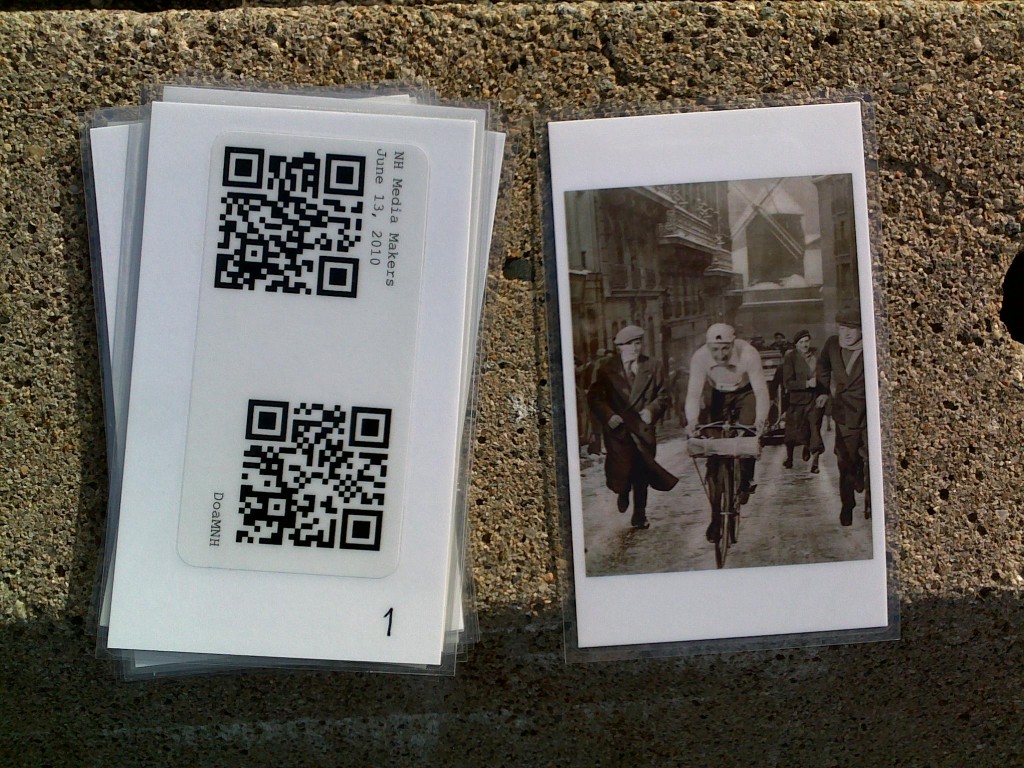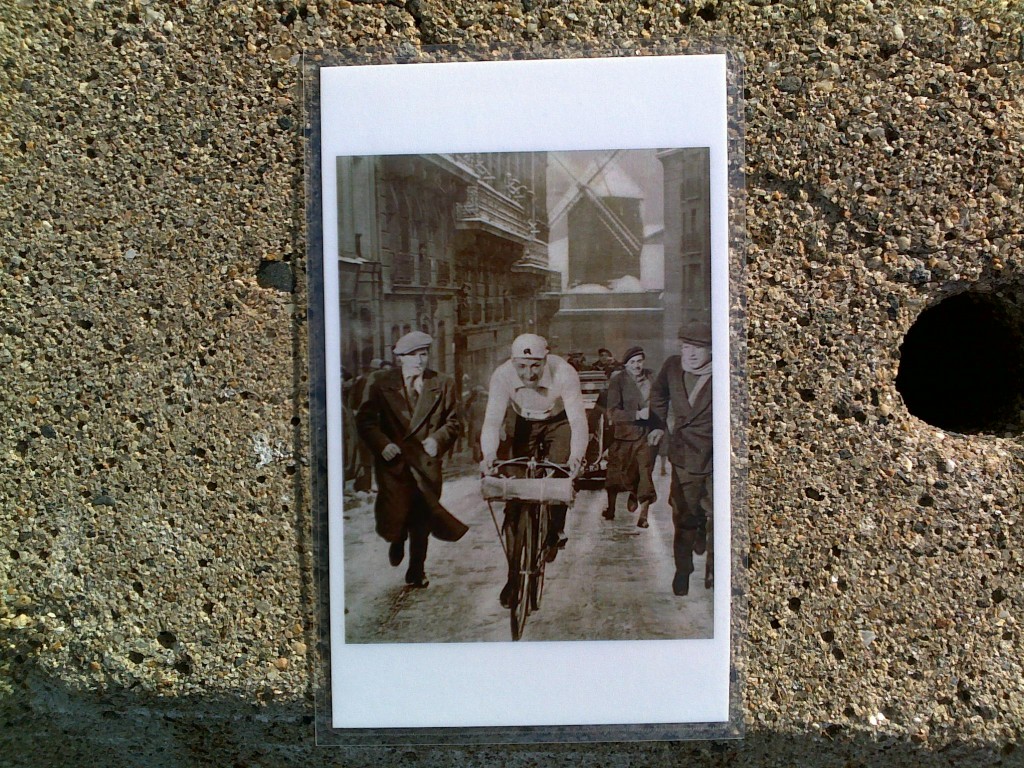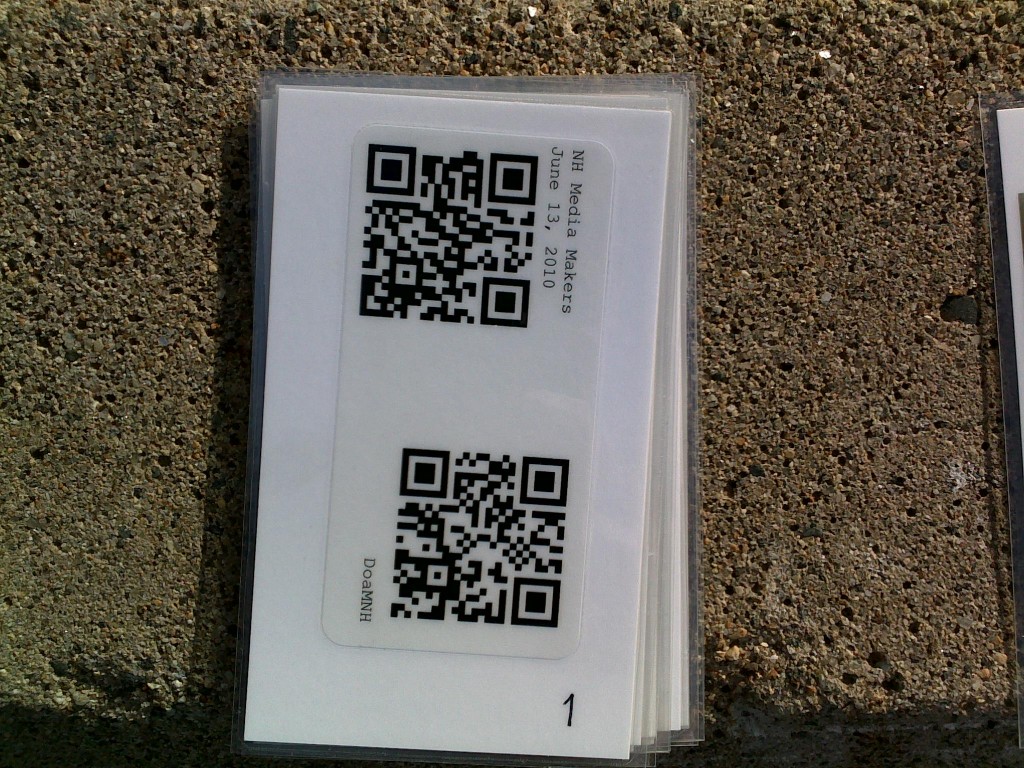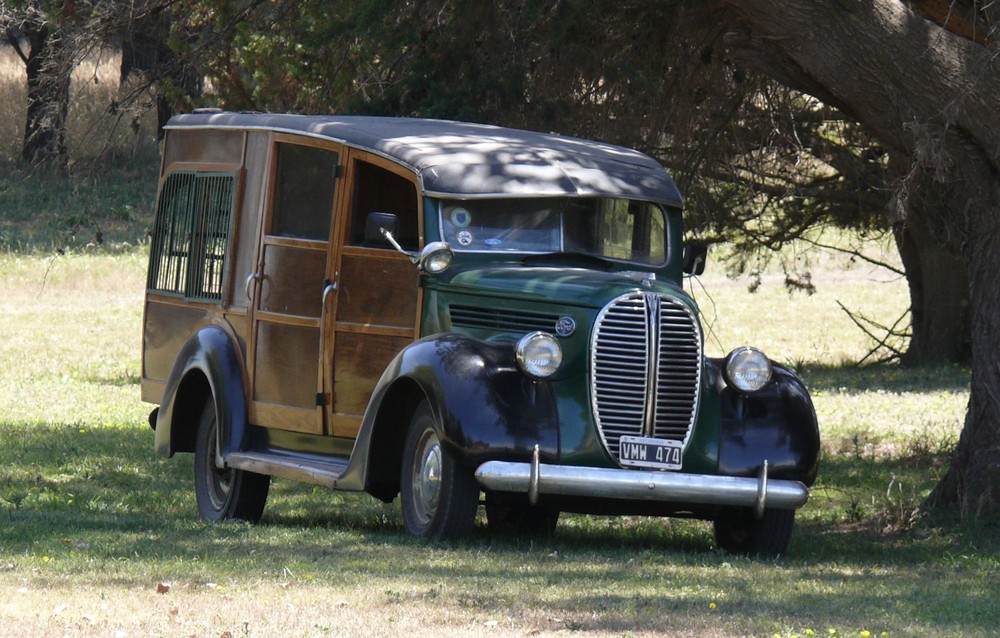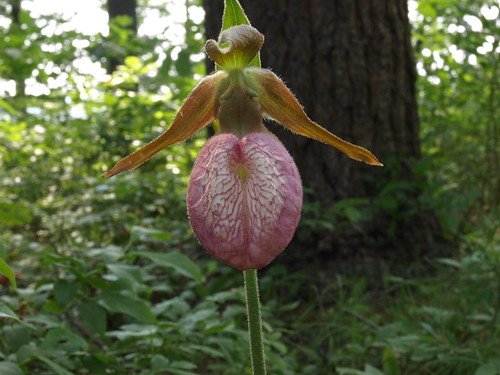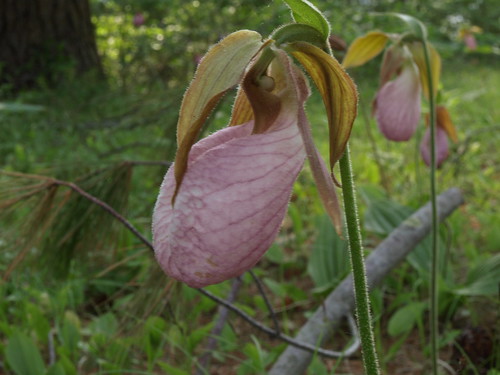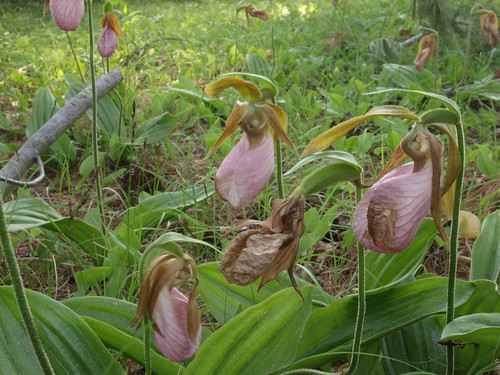First, let me acknowledge peacay as undisputed champion of Internet cool-stuff-finding. Today’s Butterfly Album post is a multi-dimensional winner. First, there are the images. I’m particularly partial to a painting containing what I think is a Giant Water Bug:
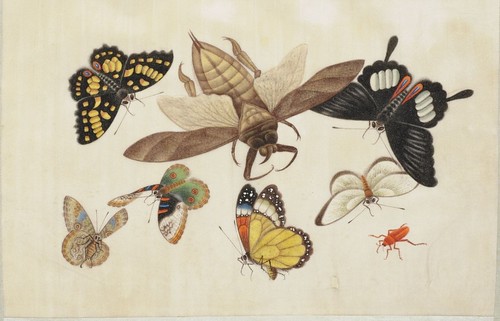
*
Then there’s the intriguing info on where the insects were collected:
The only other information known is that the butterflies and insects were collected from the Aralia (spikenard) and related Tetrapanax papyrifera (pith paper tree) plant species.
Followed by a link to the Harvard Herbarium for more info on the pith paper tree. The Herbarium rates a big marker pin on my mental map – it’s close, houses the Blaschka’s glass plant models and – most important for me – was the base of operations for Richard Evans Schultes (prev. posts here and here). I’ve wandered around the Herbarium website before, but today – thanks to peacay – I kicked around the Botany Library On-Line Exhibits (not sure I’ve ever happened upon this part of the site before). There’s a nice series on book covers/bindings:
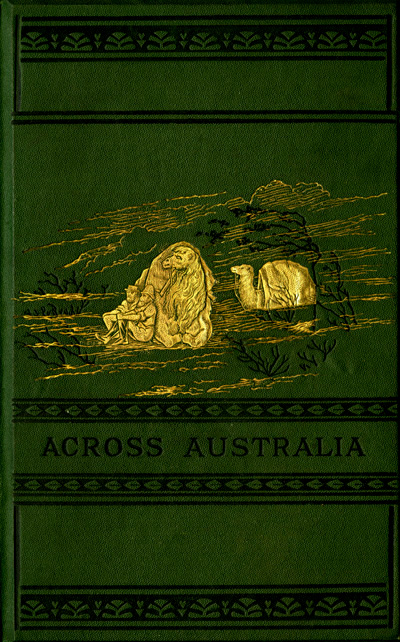
*
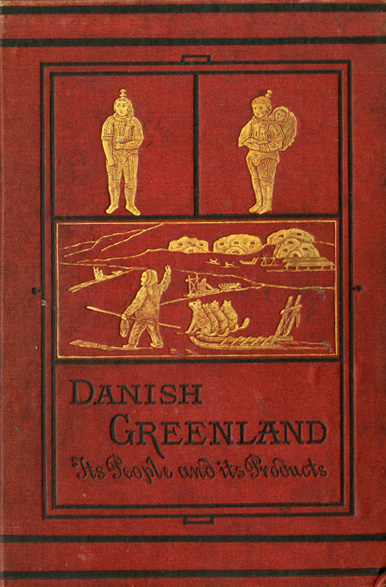
*
a section on the ‘other’ Amanita (phalloides)
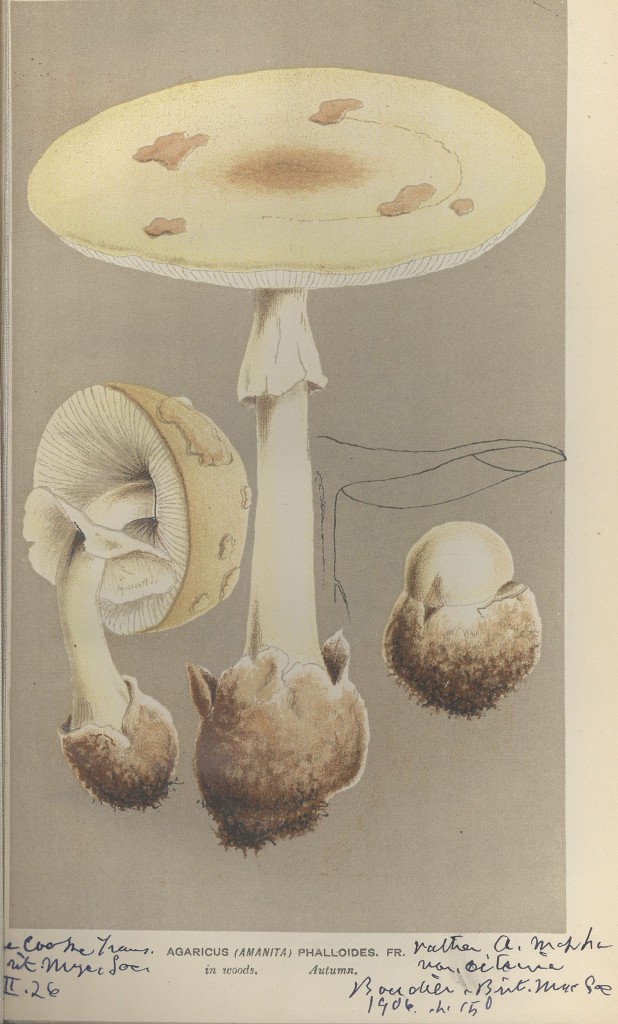
*
and then there’s this, from the Economic Botany Clipping File:

Dr. Schultes teaching in the Nash Lecture Hall
Painting by Hannah Barrett, November 1994
The caption in the tiles says, “Richard Evans Schultes, Director Emeritus, demonstrating the blowgun in the Nash Lecture Hall, the Botanical Museum, Harvard University, 15 November 1994.” Ethnobotanical explorer in lab coat? Check. Blowgun, darts and quiver? Check. Little potted cactus ($100 says Lophophora williamsii)? Check. More interesting details that I’ll leave for you, the reader? Check. I’m curious as to what molecule is diagrammed on the chalkboard…
One last picture to end the post – from the book Beata Ruris Otia Fungis Danicis Impensa. Enjoy!


